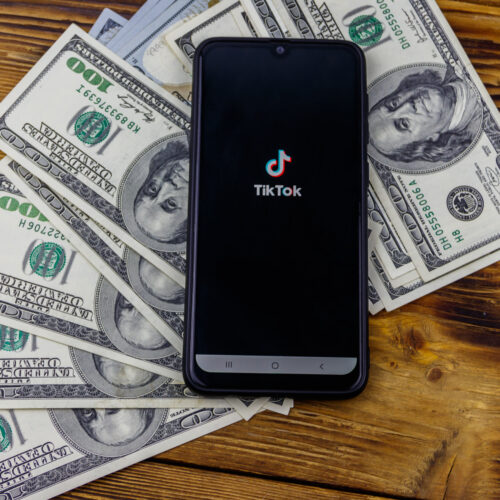Self-employment and gig-working are on the rise, with as many as 44 million workers being self-employed at some point in 2019, a 193% increase from 15 million in 2015.
As more Americans embrace self-employment, they’re now faced with providing themselves with the same benefits that come along with working for a company – like saving for retirement through a 401(k).
Built for the self-employed, a Solo 401(k) is the best way to save for retirement when you work for yourself. But before you get started, here are a few things to know about a Solo 401(k).
Qualifying Factors
Simply being self-employed does not mean you automatically qualify for a Solo 401(k). As with most things, there are qualifications that must be met, but luckily they aren’t hard to meet.
In order to open a Solo 401(k), you must be the employer and the employee, wearing both hats in your business. In other words, you must be a business owner with no full-time employees. There is one exception to this rule, however – you can include your spouse.
Contribution Limits
Arguably the best part of a Solo 401(k) is that you can make contributions as both the employee and the employer, making your total contribution limit much higher than that of an individual with an employer-sponsored plan.
In these plans, as the employee, you can contribute up to 100% of your earned income, up to the annual contribution limit, which for 2021 is $19,500. If you are aged 50 or older, you can make up to $6,500 in catch-up contributions, making for a total contribution limit of $26,000 for 2021.
As the employer, you can contribute up to 25% of compensation as defined by the plan. So for example, if you make $45,000, as the employer you can contribute up to $11,250.
Total contribution limits for the plan, as of 2021, cannot exceed $58,000 or $64,500 for those aged 50 or older.
Taxes
When setting up a Solo 401(k), you can choose between a traditional 401(k) or a Roth 401(k), which each has different tax advantages.
Under a traditional 401(k), contributions are deducted straight from your paycheck before taxes. This reduces your taxable income and the taxes you’ll pay for the year during your working years. As a result, you will have to pay taxes on your distributions in retirement.
On the other hand, Roth 401(k) contributions are made with after-tax dollars. Although this does not reduce your taxable income in your working years, once in retirement you won’t have to pay taxes on your distributions.
If you expect to be in a lower tax bracket in retirement, then you may want to consider a traditional 401(k). Alternatively, if you believe you will be in a higher tax bracket in retirement, then you may want to consider a Roth 401(k). As always, we highly recommend that you speak to a certified tax consultant when making these decisions.
Including Your Spouse
As mentioned above, a Solo 401(k) allows for your spouse to participate in the plan. Under the plan, your spouse can make equal contributions, bringing the combined maximum contribution limit for 2021 to $116,000, or $129,000 for those aged 50 or older.
Opening a Solo 401(k) is a simple and easy way to save for retirement, plus it has a higher contribution rate than an IRA. Sign up for a Solo 401(k) with us, and you won’t pay any of the unnecessary fees other providers charge. Have any questions? Just ask!
Photo by Vlada Karpovich on Pexels.
*Saveday does not provide tax, legal, or accounting advice. This material has been prepared for informational purposes only, and is not intended to provide, and should not be relied on for tax, legal, or accounting advice. Saveday makes no warranties with regard to such information or results obtained by its use and disclaims any liability arising out of your use of, or any tax position taken in reliance on, such information. Consult an attorney or tax professional regarding your specific situation and before engaging in any transactions.






